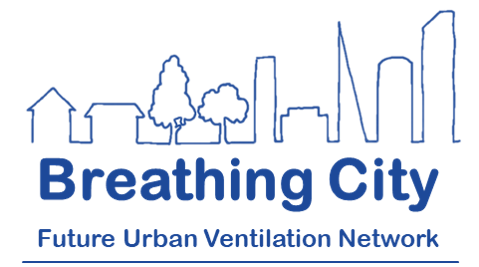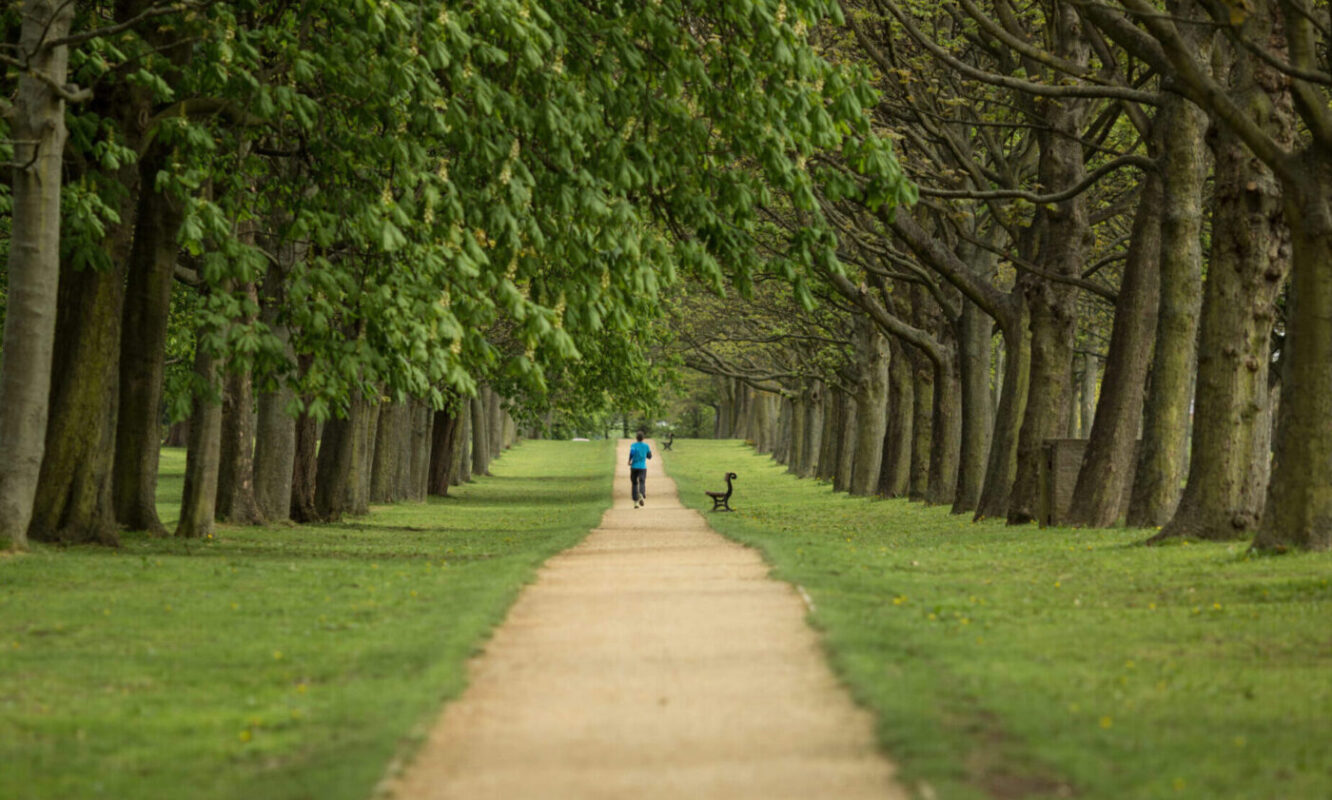Breathing City co-investigators, Dr. Henry Burridge (Imperial College London) and Prof. Paul Linden (University of Cambridge), with Prof Prashant Kumar (University of Surrey) are leading the COvid-19 Transmission Risk Assessment Case studies – Education establishments (CO-TRACE ) project. The aim is to develop techniques to assess the absolute risk of COVID-19 infection in a given indoor space, using field studies in primary and secondary schools, complemented by laboratory experiments and CFD to elucidate the flow patterns responsible for airborne transport. The understanding generated will underpin recent developments in infection modelling to predict the likelihood of airborne transmission within schools. This work will reduce the uncertainties associated with airborne transmission routes and provide evidence to evaluate mitigation measures.
UK schools re-opened in March 2021 and with the recent increased awareness of airborne transmission of COVID-19, there is an ongoing need to quantify the risk, evaluate the effectiveness of mitigation measures, monitor the situation and provide guidance on ventilation best practice. This will become even more pressing as we head into next Autumn and Winter when colder weather will lead to potential conflict between managing airborne infection risk (high outdoor air ventilation rates), energy consumption and occupant comfort.
For the initial phase of the project, we will be working with at least nine schools across London, Surrey and Buckinghamshire to monitor levels of CO2 in classrooms and other sites inside school buildings. We will investigate how changes to ventilation, classroom lay-out and occupancy profiles impact measured levels of CO2. Schools will be monitored in the summer term and, where possible, in the autumn term too, so comparisons can be made. We will combine our field measurements with a program of school engagement, asking teachers and students what they would like to discover, co-designing the experiments, and engaging school communities in a discussion around possible solutions.
Indoor flow is strongly affected by the locations of windows or vents, heat rising from occupants/equipment and disturbances caused by people movement. During phase-2 of CO-TRACE we will therefore develop representations of these processes in the laboratory and CFD to interpret the monitoring data from our partner schools, which are typically single point measurements.
The CO-TRACE methodology will ultimately be applicable to all manner of indoor spaces, including shops, restaurants, offices etc. In this way, we hope it can support healthy school communities and also help to inform wider decisions about how we return to and use our buildings both during and after the pandemic.
For more information contact p.f.linden@damtp.cam.ac.uk, h.burridge@imperial.ac.uk or p.kumar@surrey.ac.uk


